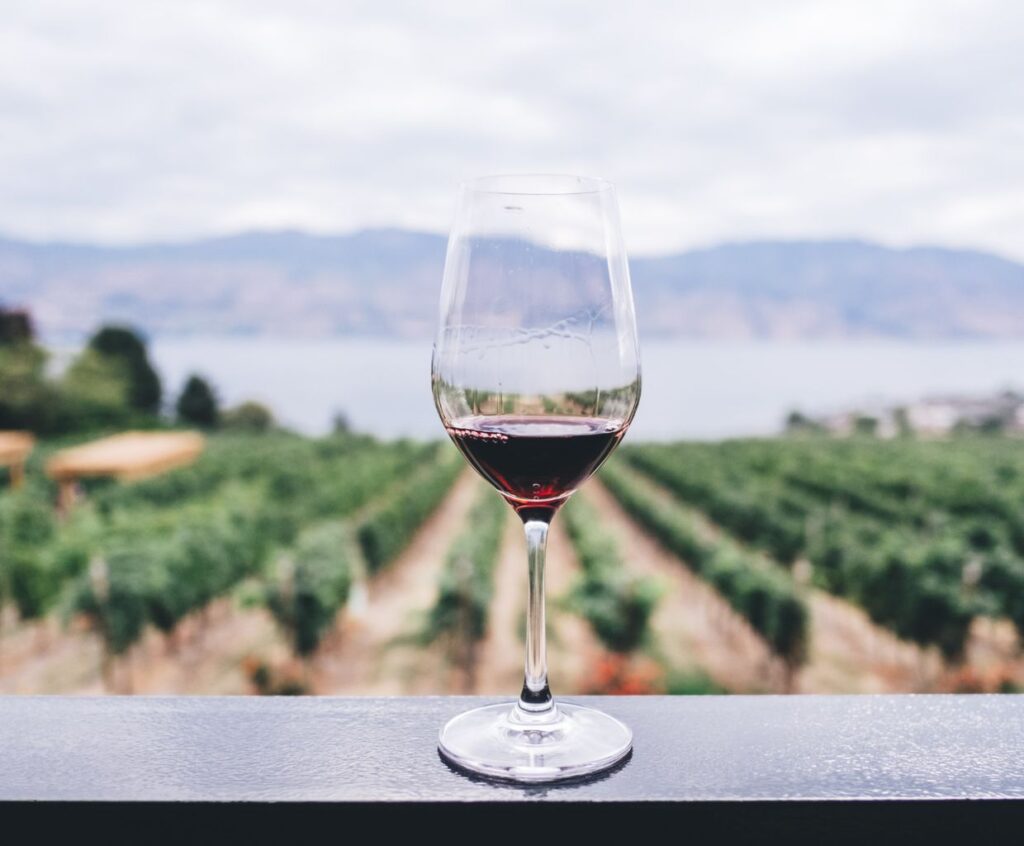Wine Tasting 101: A Journey into the World of Fine Wines
Welcome, wine enthusiasts! Whether you’re a seasoned connoisseur or just starting your journey into the fascinating world of wines, this article aims to provide you with a crash course on wine tasting.
So, grab a glass, sit back, and savor the flavors together!
What is Wine Tasting?
Wine tasting is an art form that involves examining and evaluating the sensory properties of wine. It’s not just about drinking wine; it’s about appreciating its complexity, aromas, flavors, and overall quality. You can train your palate, enhance your wine knowledge, and discover new favorites by engaging in wine tasting.
Preparing Yourself for Wine Tasting
Before diving into the world of wine tasting, here are a few tips to help you prepare:
-
- Research: Familiarize yourself with different types of wines, regions, and grape varieties. This knowledge will enhance your understanding and appreciation of the wines you taste.
-
- Gather the essentials: Ensure you have the necessary tools, such as wine glasses, a corkscrew, and a wine-tasting al or notepad to record your observations and preferences.
-
- Set the scene: Create a conducive environment for wine tasting by minimizing distractions, ensuring proper lighting, and controlling the temperature to optimize the wine’s expression.
-
- Invite friends: Wine tasting is more enjoyable when shared with others. Gather friends with diverse palates and embark on this sensory adventure together.
How Wine Tasting Works?
Now that you’re ready to embark on your wine wine-tasting new, here’s a step-by-step guide on how it typically works:
-
- Appearance: Observe the wine’s color, clarity, and viscosity by tilting the glass against a white background. This provides initial insights into the wine’s age, grape variety, and potential quality.
- Aroma: Swirl the wine gently in the glass to release its aromas. Put your nose into the glass and take a few short sniffs, identifying the various scents. Pay attention to fruit, floral, herbal, and oak-related aromas.
- Taste: Take a small sip and let the wine coat your palate. Analyze its flavors, structure, balance, and length. Note the intensity of fruit, acidity, tannins, and other characteristics that stand out.
- Finish: After swallowing or spitting the wine, assess its finish or aftertaste. Does it linger on your palate? Is it pleasant or bitter? A long and satisfying finish often indicates a high-quality wine.
- Discussion: Engage with others, share your thoughts, and compare tasting notes. This exchange of opinions can deepen your understanding and help you discover nuances you might have missed.
Remember, wine tasting is a subjective experience, and everyone’s palate is unique. Don’t be afraid to trust your senses and enjoy the process of discovering what you love about wine!
What are the critical aspects of wine tasting, and how does it enhance one’s appreciation for wine?
Wine tasting involves a systematic approach to evaluate the qualities and characteristics of a wine. The key steps involved in wine tasting are:
1. Visual Examination: The first step is to observe the wine’s appearance. This includes checking its color, clarity, and intensity. It can provide insights into the age, grape variety, and winemaking techniques.
2. Aroma Assessment: Next, the wine’s aroma is evaluated. Swirling the glass helps release the aromatic compounds. One can identify different scents like fruits, flowers, spices, or oak. By inhaling deeply, Aromas can give clues about the wine’s origin, grape variety, and aging process.
3. Taste Analysis: The wine is then tasted to assess its flavors, structure, and balance. The taste involves multiple factors, including sweetness, acidity, bitterness, and alcohol levels. Tasters evaluate the wine’s body, texture, complexity, and finish length
4. Mouthfeel Evaluation: This step focuses on the wine’s tactile sensations. Tasters consider the wine’s weight, smoothness, astringency, and overall mouthfeel. It helps understand the wine’s body and texture.
5. Conclusion: Finally, tasters conclude the wine’s quality and style. They may consider its ageabage-abilityential food pairings and overall enjoyment.
Wine tasting enhances one’s appreciation for wine in several ways:
1. Sensory Experience: By actively engaging the senses, wine tasting allows individuals to experience the wine’s complexities and nuances. It heightens the enjoyment and appreciation of the flavors, aromas, and textures.
2. Understanding Varieties and Styles: Tasting different wines helps individuals understand the diversity of grape varieties, winemaking techniques, and regional styles. It broadens their knowledge and appreciation for the wide range of wines available.
3. Developing Palate: Regular wine tasting helps develop a more discerning palate. It trains the senses to recognize and appreciate various flavors, aromas, and textures in wine. This can lead to a deeper understanding and enjoyment of wine over time.
4. Food Pairing: Wine tasting enables individuals to identify the flavors and characteristics of different wines, making it easier to pair them with food. It enhances the overall dining experience by finding complementary combinations.
5. Social and Cultural Aspect: Wine tasting often involves sharing and discussing wine with others. It creates a social and cultural experience, allowing individuals to learn from each other’s perspectives and insights. This communal aspect enhances the appreciation and enjoyment of wine.
Overall, wine tasting provides a structured approach to evaluating and understanding wine. It enhances appreciation by engaging the senses, expanding knowledge, developing a discerning palate, and fostering a social and cultural experience.
What are the essential tools and techniques that can help individuals enhance their wine-tasting skills and become more discerning tasters?
Several essential tools and techniques can help individuals enhance their wine-tasting skills and become more discerning tasters. These include:
1. Wine Glasses: Invest in a set of proper wine glasses, preferably ones with a large bowl and thin rim. The shape and design of the glass can significantly affect the aroma and taste perception of the wine.
2. Tasting Journal: Keep a tasting journal to record your observations and impressions of different wines. This can help you develop your palate over time and track your preferences.
3. Wine Vocabulary: Learn and familiarize yourself with wine vocabulary to effectively describe and communicate your tasting experiences. This can include terms like fruity, floral, oaky, tannic, etc.
4. Wine Tasting Grid: Use a wine-tasting grid, a structured template, to systematically evaluate and analyze different aspects of the wine, such as appearance, aroma, taste, and finish. This can help you identify and distinguish various characteristics.
5. Practice Blind Tasting: Blind tasting involves tasting wines without knowing their identity or labels. This can help you focus solely on the sensory experience and improve your ability to identify different grape varieties, regions, and styles.
6. Wine Education: Attend wine classes, workshops, or tastings to learn about regions, grape varieties, and winemaking techniques. This can help you better understand and enhance your tasting skills.
7. Experiment with Food Pairings: Explore different food and wine pairings to understand how the flavors of the wine interact with different dishes. This can help you appreciate the nuances of wine and enhance your ability to identify complementary flavors.
8. Join a Wine Tasting Group: Joining a wine-tasting group or club can provide opportunities to taste various wines, discuss and compare tasting notes with others, and learn from different perspectives.
9. Take Notes and Reflect: Take detailed notes during tastings and reflect on your experiences afterward. This can help you identify patterns, preferences, and areas for improvement in your tasting skills.
10. Practice, Practice, Practice: The key to becoming a discerning taster is practice. Regularly expose yourself to different wines, flavors, and styles to train your palate and develop your ability to discern the nuances in wines.
By utilizing these tools and techniques, individuals can enhance their wine-tasting skills, develop a more discerning palate, and, ultimately, deepen their appreciation for wine.





